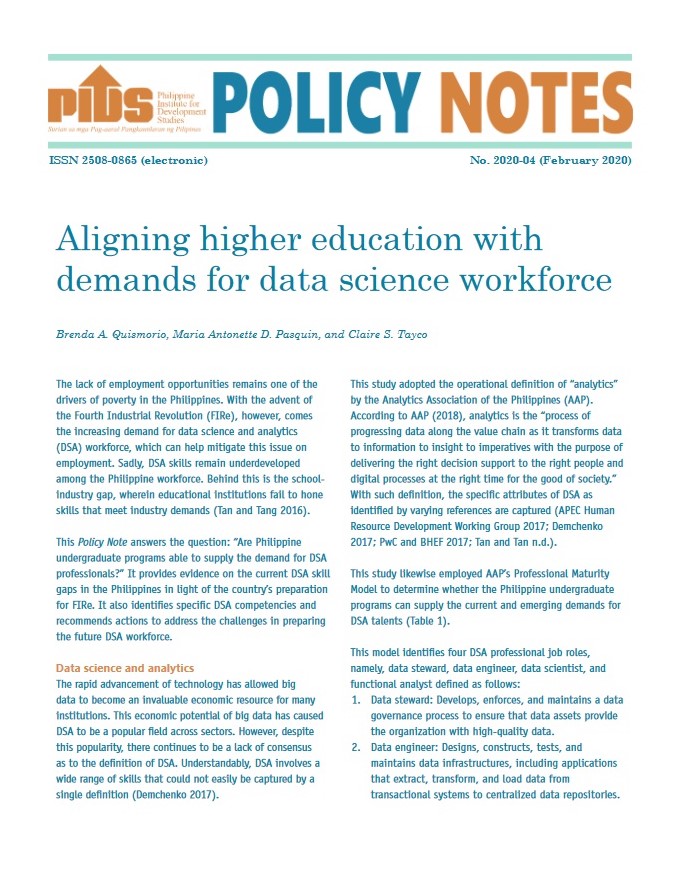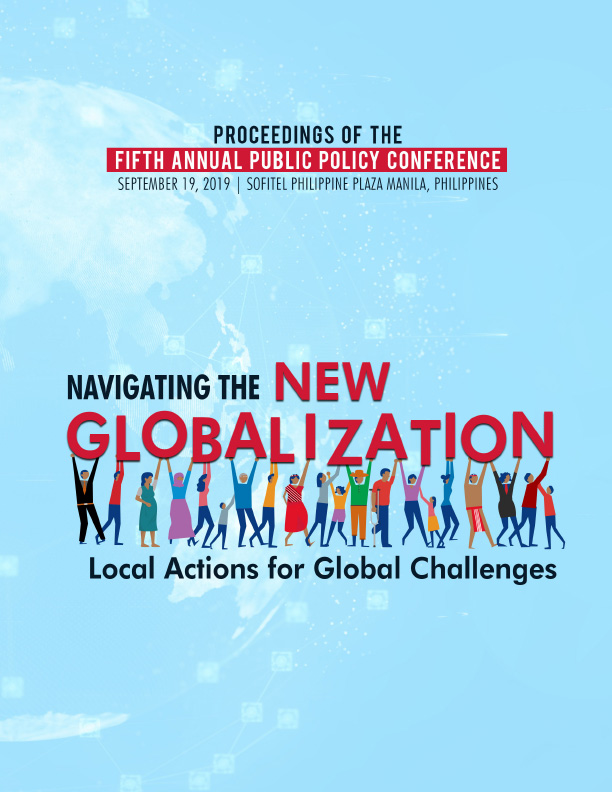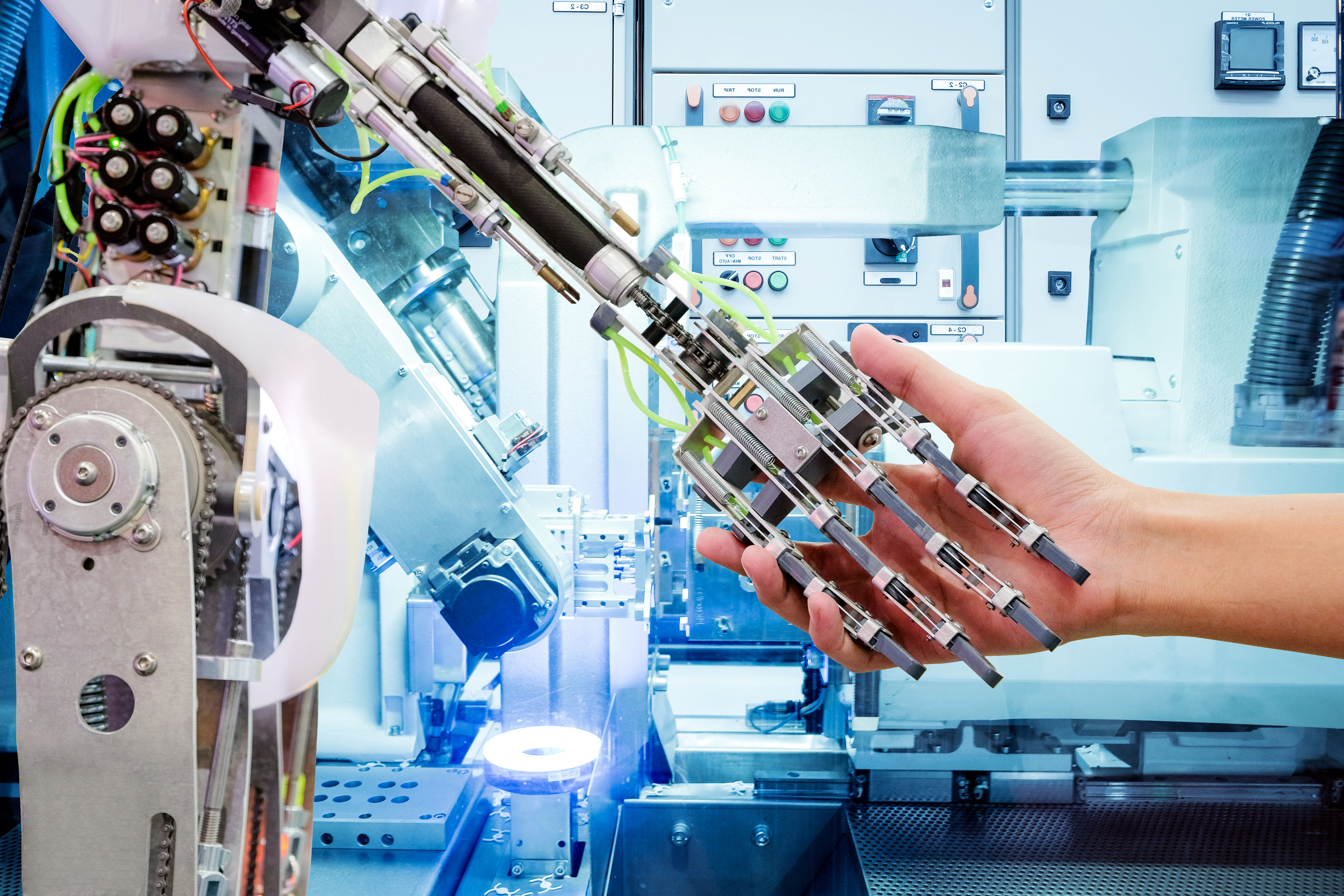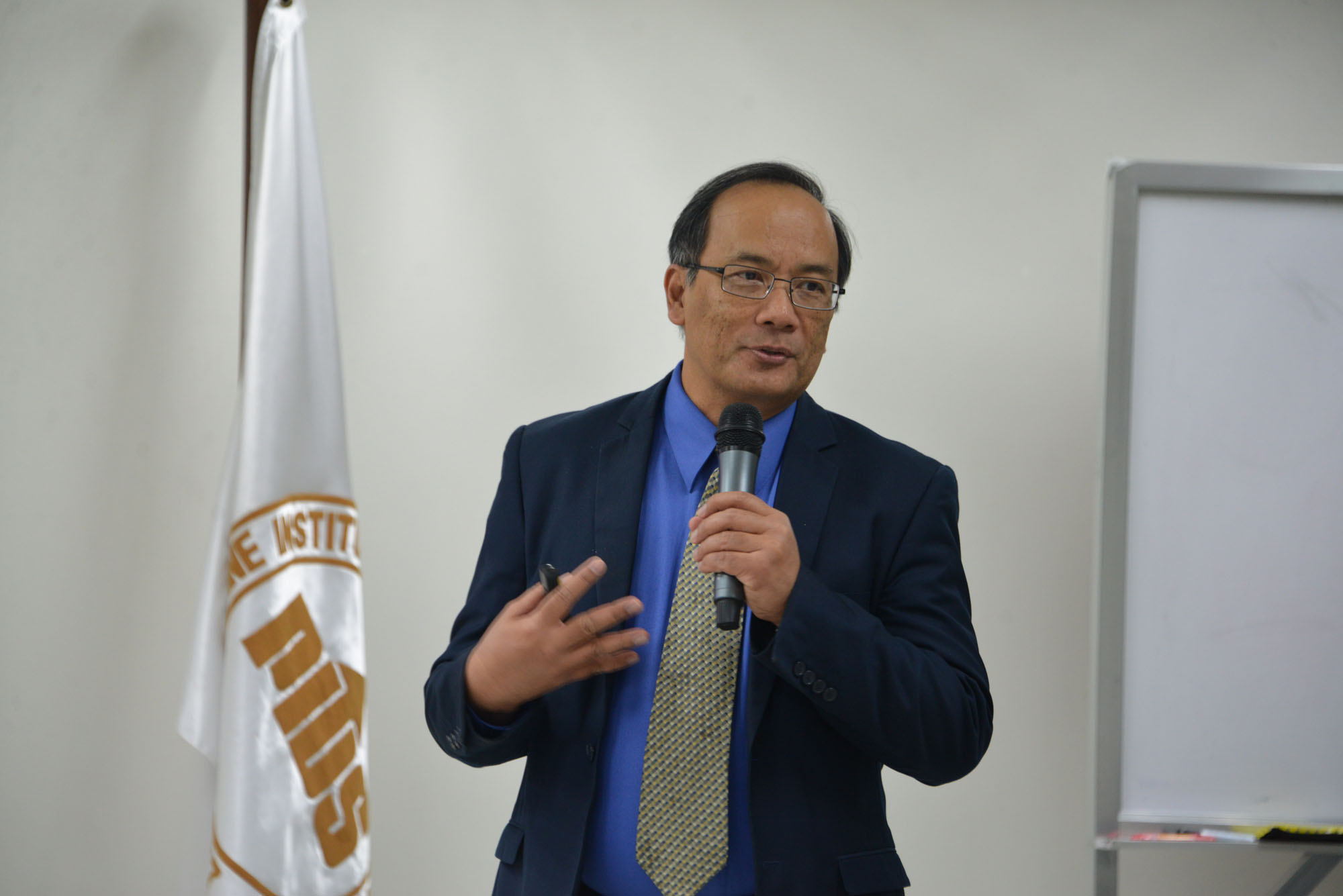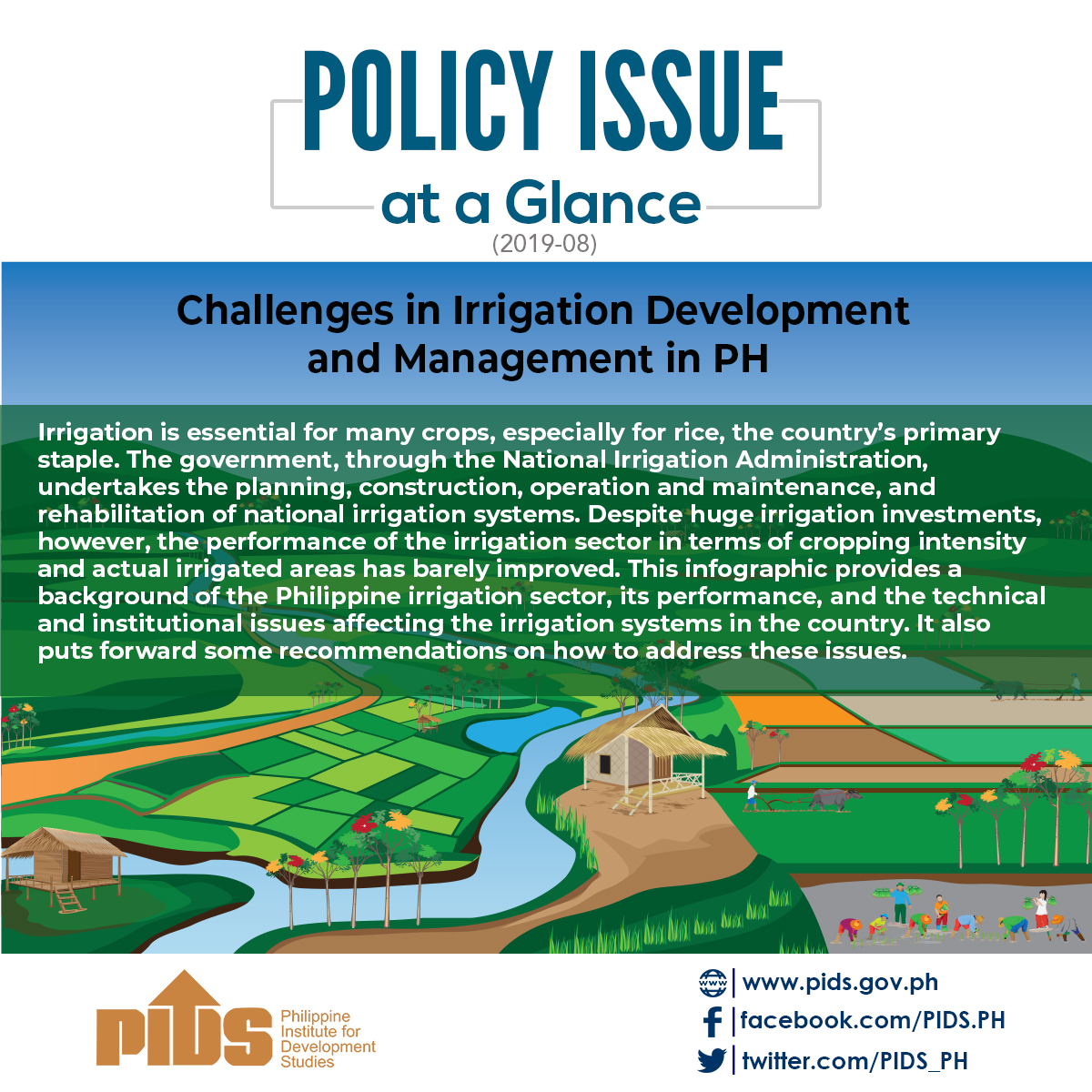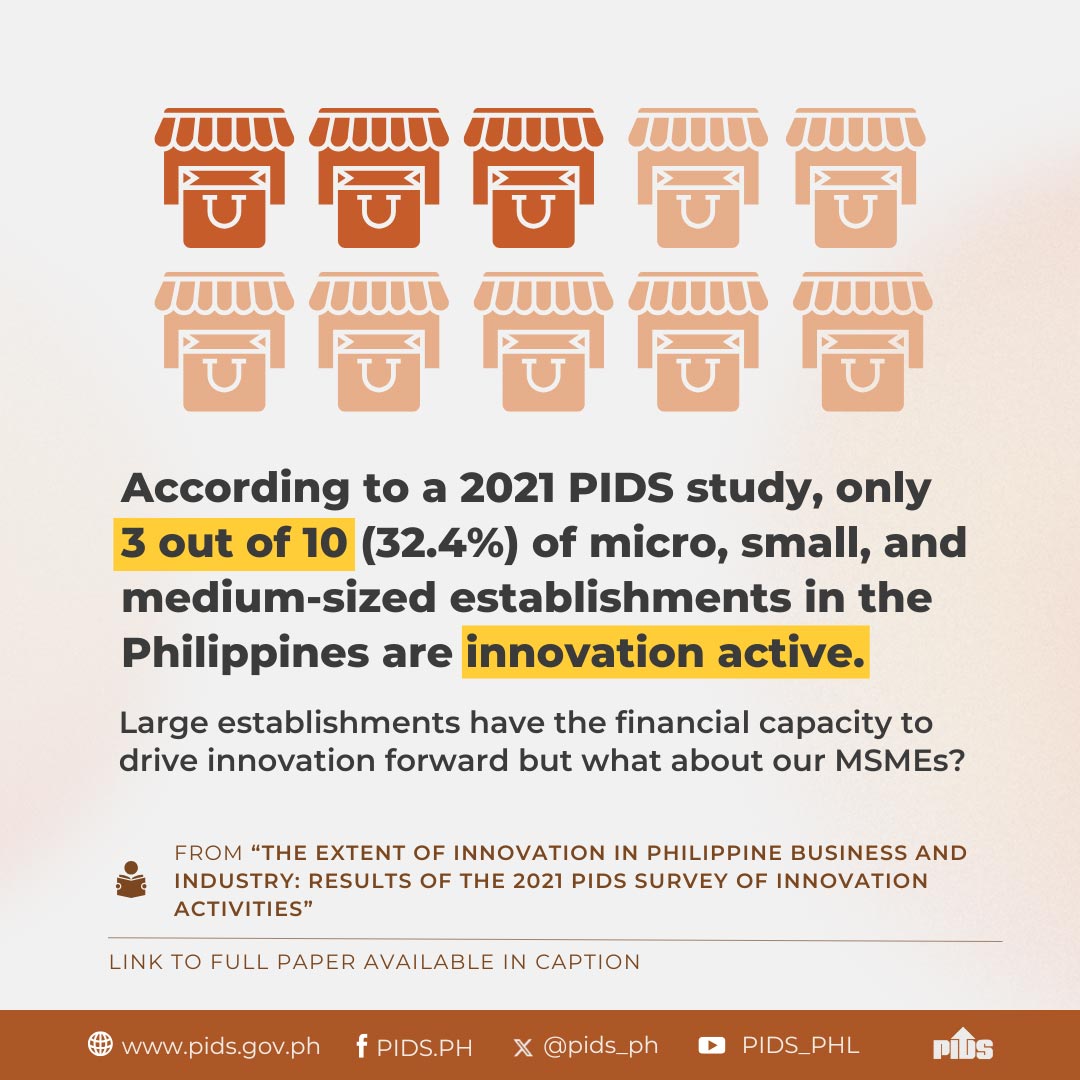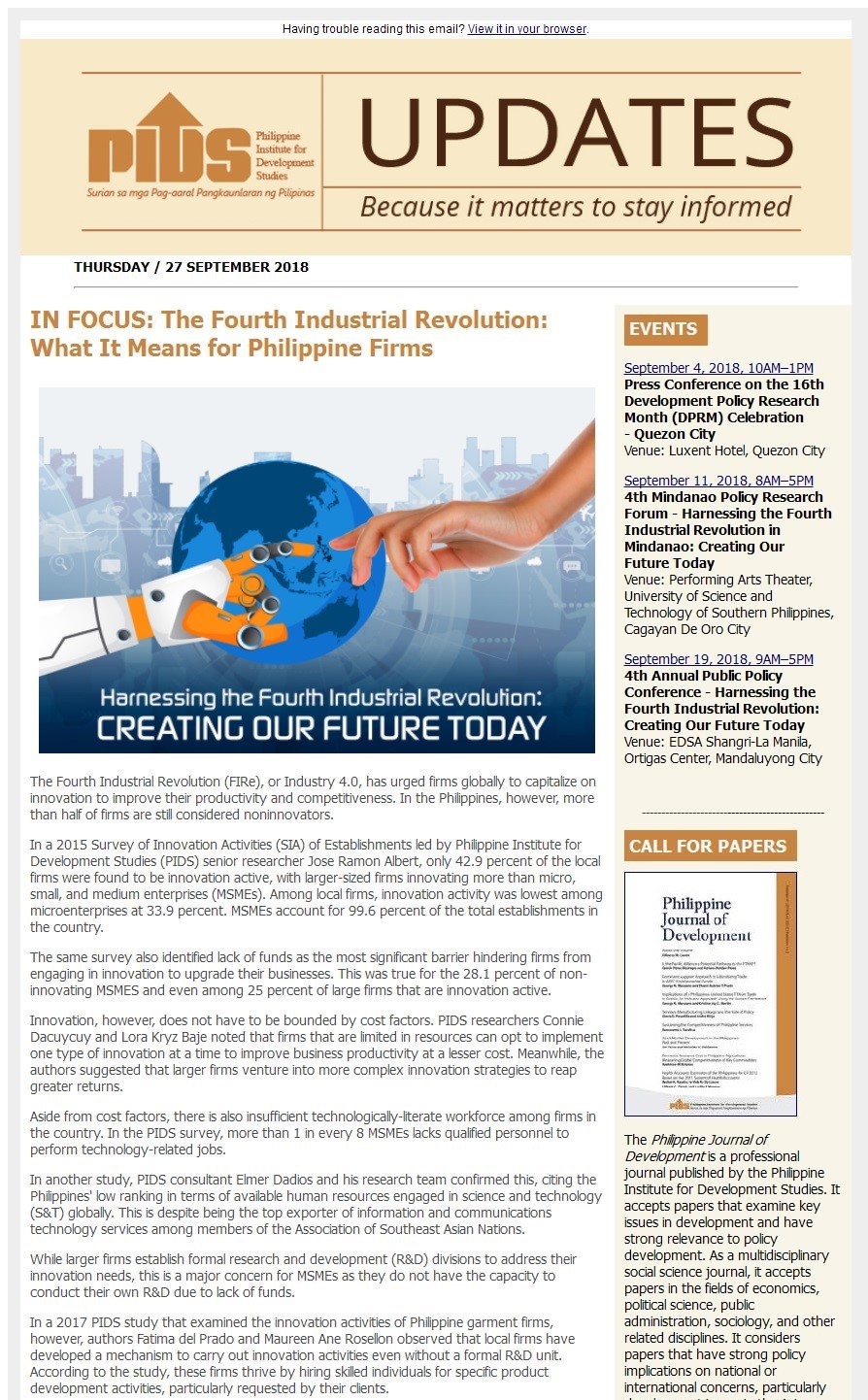
The Fourth Industrial Revolution (FIRe), or Industry 4.0, has urged firms globally to capitalize on innovation to improve their productivity and competitiveness. In the Philippines, however, more than half of firms are still considered noninnovators.
In a 2015 Survey of Innovation Activities (SIA) of Establishments led by Philippine Institute for Development Studies (PIDS) senior researcher Jose Ramon Albert, only 42.9 percent of the local firms were found to be innovation active, with larger-sized firms innovating more than micro, small, and medium enterprises (MSMEs). Among local firms, innovation activity was lowest among microenterprises at 33.9 percent. MSMEs account for 99.6 percent of the total establishments in the country.
The same survey also identified lack of funds as the most significant barrier hindering firms from engaging in innovation to upgrade their businesses. This was true for the 28.1 percent of non-innovating MSMES and even among 25 percent of large firms that are innovation active.
Innovation, however, does not have to be bounded by cost factors. PIDS researchers Connie Dacuycuy and Lora Kryz Baje noted that firms that are limited in resources can opt to implement one type of innovation at a time to improve business productivity at a lesser cost. Meanwhile, the authors suggested that larger firms venture into more complex innovation strategies to reap greater returns.
Aside from cost factors, there is also insufficient technologically-literate workforce among firms in the country. In the PIDS survey, more than 1 in every 8 MSMEs lacks qualified personnel to perform technology-related jobs.
In another study, PIDS consultant Elmer Dadios and his research team confirmed this, citing the Philippines' low ranking in terms of available human resources engaged in science and technology (S&T) globally. This is despite being the top exporter of information and communications technology services among members of the Association of Southeast Asian Nations.
While larger firms establish formal research and development (R&D) divisions to address their innovation needs, this is a major concern for MSMEs as they do not have the capacity to conduct their own R&D due to lack of funds.
In a 2017 PIDS study that examined the innovation activities of Philippine garment firms, however, authors Fatima del Prado and Maureen Ane Rosellon observed that local firms have developed a mechanism to carry out innovation activities even without a formal R&D unit. According to the study, these firms thrive by hiring skilled individuals for specific product development activities, particularly requested by their clients.
These issues on funding for innovation and the shortage of qualified S&T manpower to perform technology-related jobs are only some of the factors that should be addressed to improve the country’s global technology adoption rate—currently at 40th among 139 countries in the 2016 Global Information Technology Report of the World Economic Forum.
The FIRe, although creates opportunities for growth, also presents new threats to the Philippine business landscape. It is imperative that the government, the academe, and the industry work synergistically to resolve uncertainties as the country embraces the changes emerging from this revolution. The government, for instance, must focus on accumulating various types of capital and investments to support rapid technological changes, particularly for the noninnovators including the MSMEs. Education and training systems must also be strengthened to develop a better educated workforce and to build a trainable human resource. PIDS studies also suggest establishing universal social protection programs to safeguard those that may be adversely affected by business and employment disruptions. Strengthening linkage between the industry and the academe is also found to be valuable in addressing technological gaps. Given the changing technological landscape, the government also needs to rethink its regulatory framework. It should make it more open, flexible, and less burdensome for new businesses and investments.
PIDS dedicates this year’s Development Policy Research Month (DPRM) to the discussion of the opportunities and issues surrounding the FIRe in the Philippines. With the theme “Harnessing the Fourth Industrial Revolution: Creating Our Future Today”, the Institute aims to shed light on the potential impacts of automation and other innovations in science and technology on the country’s economic competitiveness and growth. The 4th Annual Public Policy Conference (APPC)—the main and culminating activity of the DPRM—focuses on the same theme to promote awareness and understanding of the FIRe and encourage everyone to be proactive in preparing for and adapting to the changes that come along with this fourth major industrial era. Visit the DPRM website (https://dprm.pids.gov.ph/) and the 4th APPC website (https://appc.pids.gov.ph) for details.


